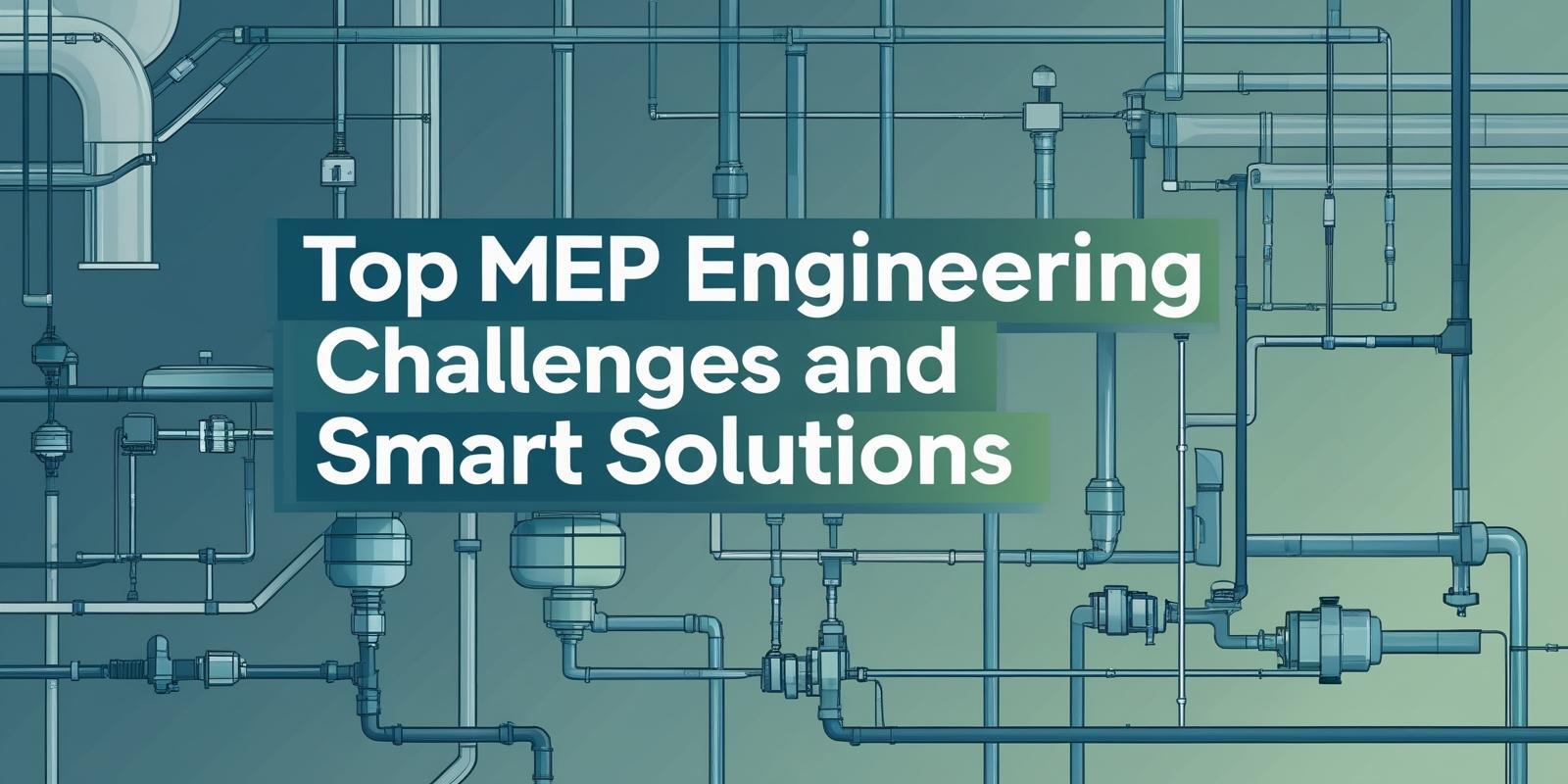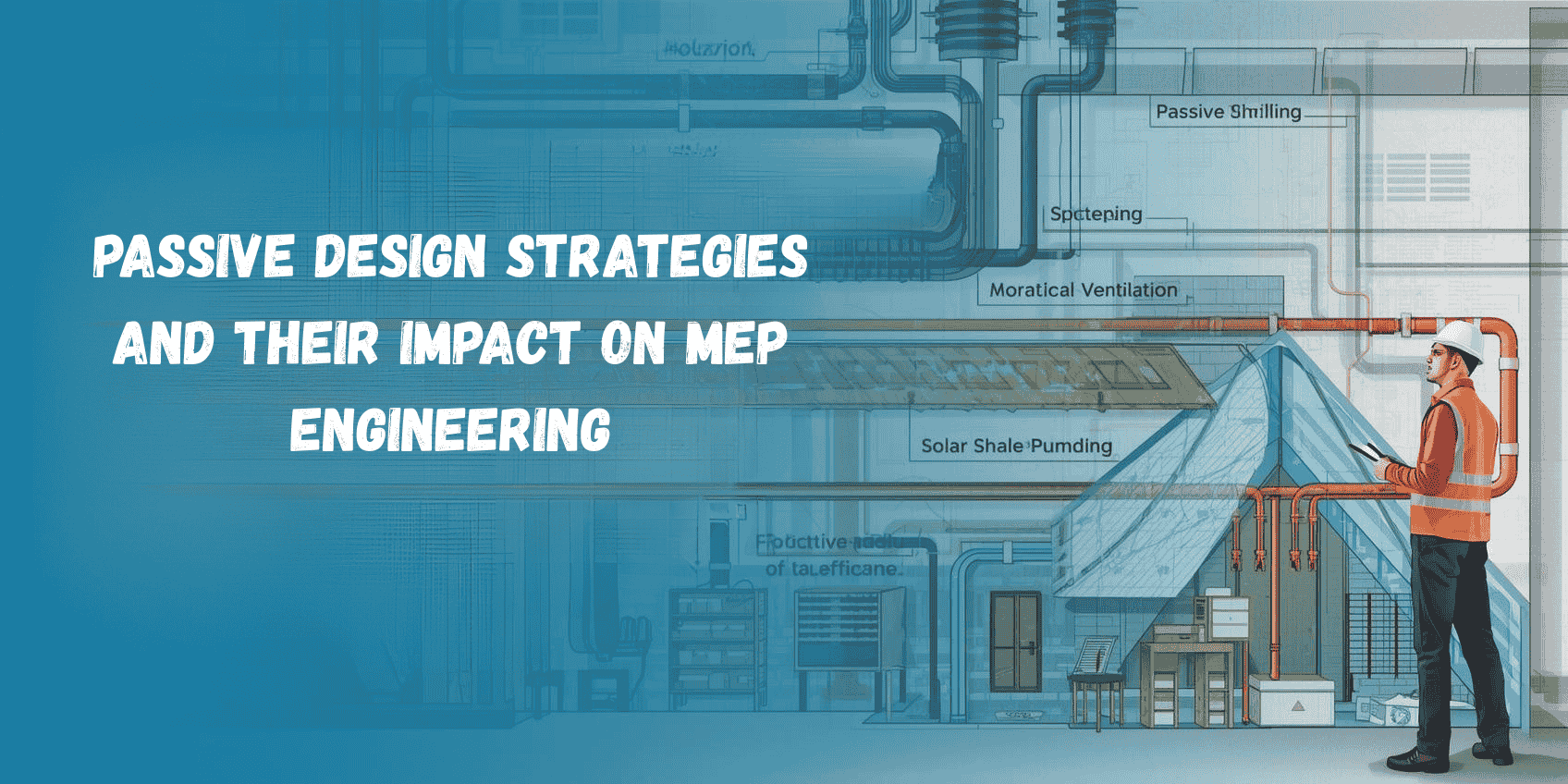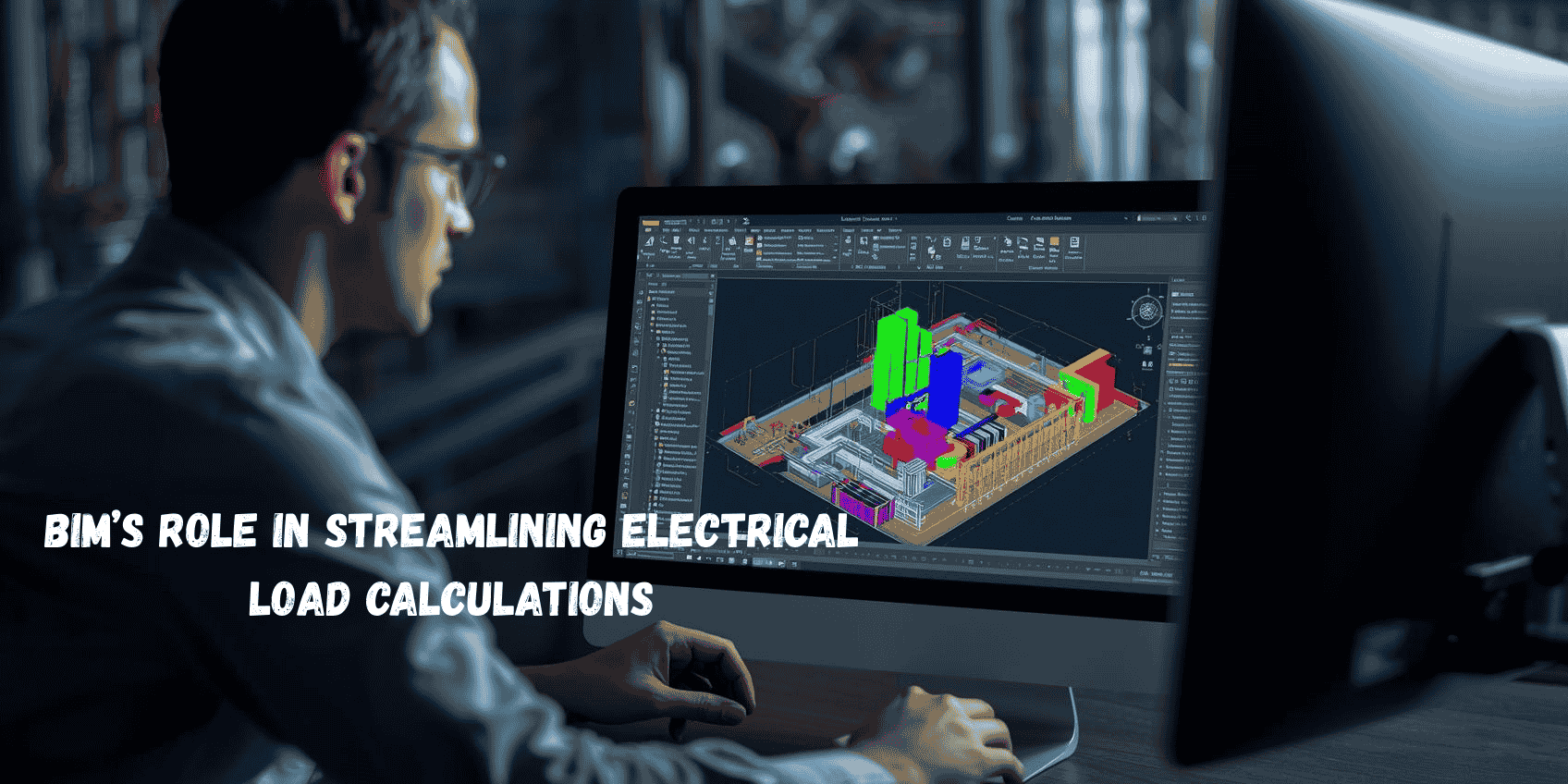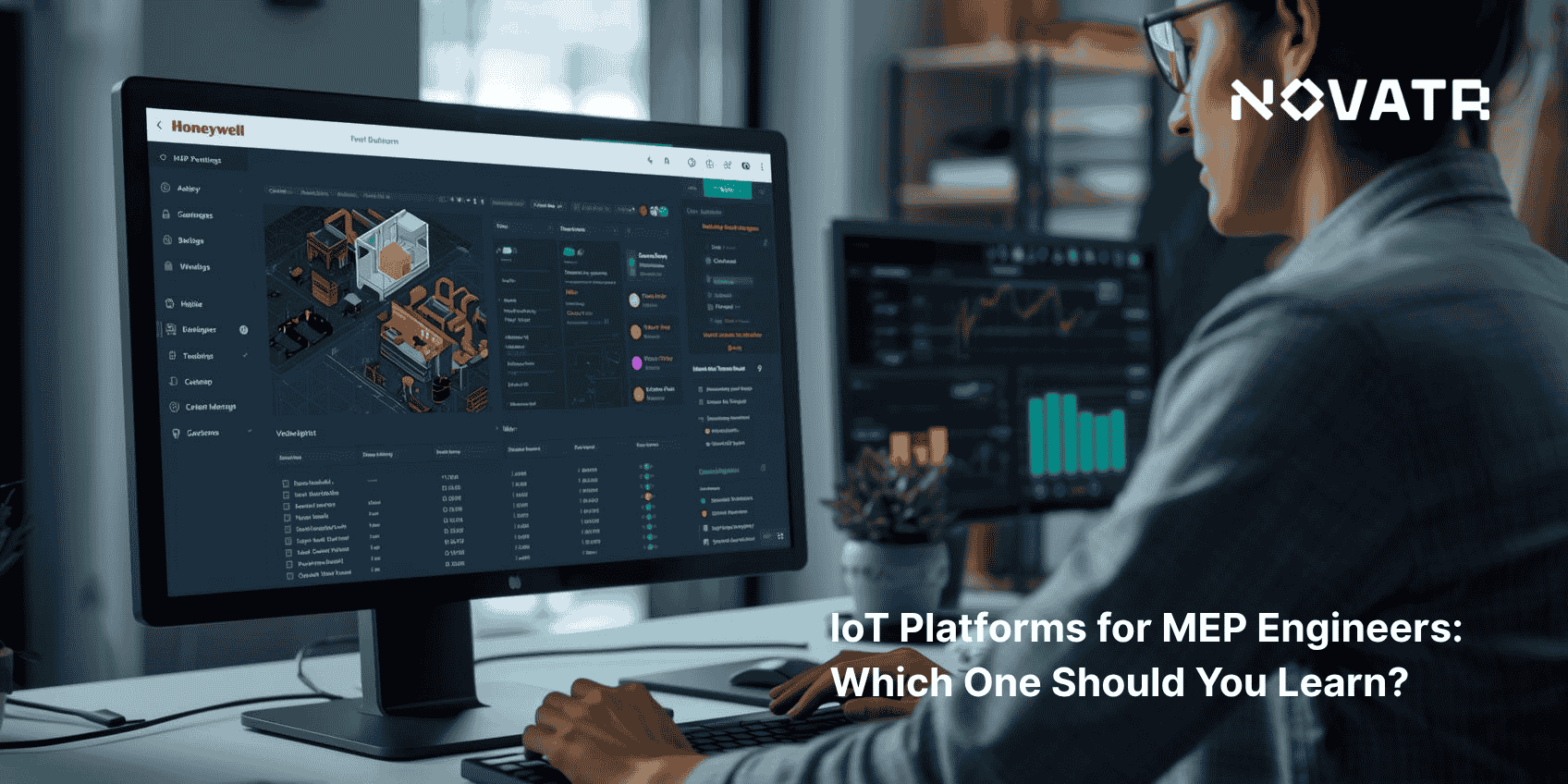
IoT platforms are becoming essential tools for MEP engineers to monitor systems, optimize performance, and improve operational efficiency. Selecting the right technology can help manage complex projects with precision. Engineers leveraging MEP IoT solutions can integrate data, simplify decision-making, and enhance system reliability, while the average U.S. MEP engineer salary of $101,752/year reflects the growing value of these skills.
Evaluating platforms involves understanding functionality, compatibility, and scalability for various building systems. Tools that support predictive maintenance and real-time monitoring offer tangible advantages. By choosing the right IoT platform for MEP workflows, engineers can improve energy management, enhance safety, and make informed operational decisions, ensuring systems remain effective, efficient, and adaptable to modern building requirements.
Why Should MEP Engineers Learn IoT Platforms Today?
IoT platforms are transforming how engineers manage building systems by enabling data integration, real-time monitoring, and coordinated operations. Mastering these platforms helps professionals streamline workflows, improve system reliability, and understand how IoT supports sustainability in construction, enhancing efficiency and supporting well-informed decisions across modern projects.
Here's why MEP engineers should learn IoT platforms today:
-
Improved Team Coordination: Learning IoT enables engineers to align with multiple disciplines, ensuring projects run smoothly and efficiently.
-
Time and Effort Savings: Engineers can leverage IoT knowledge to reduce repetitive tasks, improve productivity, and enhance IoT-driven efficiency in smart buildings.
-
Compliance Assurance: Understanding IoT helps engineers maintain building systems that meet regulatory standards and industry requirements.
-
Adaptation to Future Technologies: Mastering IoT positions engineers to integrate AI, sensors, and smart systems in upcoming projects.
What Role Does IoT Play in Modern MEP Systems?
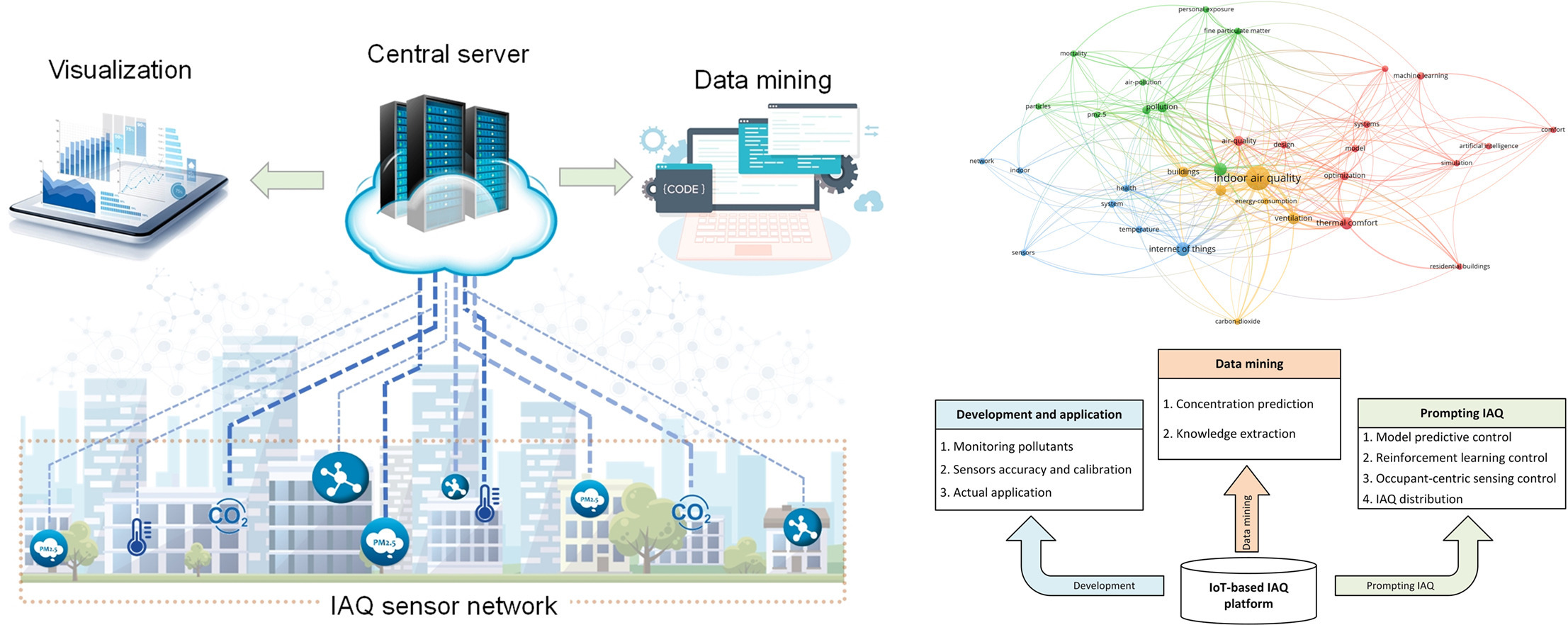
Modern MEP systems increasingly leverage connected platforms to capture and analyze real-time data, optimize operations, and improve overall system integration and coordination.By leveraging smart technologies, engineers can monitor performance efficiently, optimize energy use, and explore the role of IoT in building automation and MEP design, supporting more effective management across complex facilities.
Here’s how IoT contributes to modern MEP systems:
-
Provides real-time monitoring of mechanical, electrical, and plumbing networks, enabling engineers to track system performance continuously.
-
Improves energy management by analyzing consumption patterns, reducing waste, and showing how MEP engineers use IoT for predictive maintenance.
-
Enhances safety and compliance by offering automated alerts and maintaining operational standards across systems.
-
Supports data-driven decision-making for maintenance, system upgrades, and operational efficiency improvements.
Also Read: Top 50 MEP Interview Questions & Answers 2025
Key Features to Look For in IoT Platforms for MEP Applications
IoT platforms vary widely in capabilities, design, and integration potential, making it important for engineers to evaluate them carefully. Understanding their structure and functionality helps in selecting tools that align with project requirements. Exploring these platforms provides valuable insights into system performance and demonstrates how IoT is transforming MEP systems.
Here’s what to consider when evaluating IoT platforms for MEP applications:
-
Compatibility with multiple systems, ensuring seamless data exchange across mechanical, electrical, and plumbing networks.
-
Scalability to support both small and large projects, adapting as building infrastructure or operational demands grow.
-
Real-time monitoring and alerting, allowing engineers to track performance and respond quickly to system changes.
-
Integration capabilities with other building automation platforms, enabling streamlined operations and future-ready infrastructure.
Top IoT Platforms Every MEP Engineer Should Know
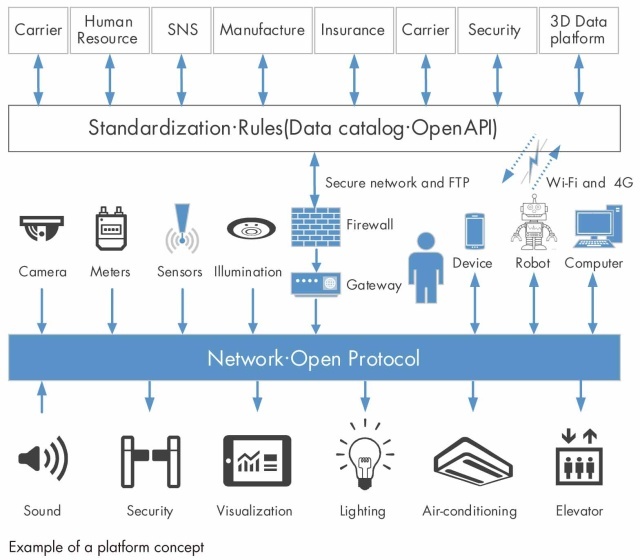
Modern buildings use platforms that monitor, integrate, and analyze systems efficiently. For MEP engineers, mastering these tools improves workflow management, enhances system performance, and provides insights into connected MEP systems for better coordination and informed operational decisions.
Here’s an overview of widely recognized IoT platforms for MEP applications:
1. Siemens MindSphere
MindSphere offers cloud-based analytics for monitoring building performance and operational efficiency. It supports predictive maintenance and resource optimization, allowing MEP engineering teams to analyze large datasets and improve long-term system reliability.
2. Schneider Electric EcoStruxure
EcoStruxure delivers comprehensive energy and infrastructure management solutions. It facilitates seamless control of building systems, enabling better operational insights and integration of smart building IoT technologies for improved efficiency.
3. PTC ThingWorx
ThingWorx offers a powerful environment for developing and deploying IoT applications. It enables seamless integration of systems, advanced automation, and real-time analytics, helping engineers design smarter workflows and enhance operational efficiency across building networks.
4. IBM Watson IoT
Watson IoT leverages AI and cognitive analytics to monitor system performance. It enables data-driven decisions and predictive maintenance strategies, helping MEP software workflows remain efficient and adaptive.
5. Honeywell Forge for Buildings
Forge focuses on operational intelligence, integrating data from multiple building systems. It enhances facility management, predictive maintenance, and energy optimization for engineers handling complex infrastructures.
6. Johnson Controls Metasys
Metasys integrates building automation systems for seamless monitoring and control. It enables streamlined operations and supports engineers in maintaining safe, efficient environments across multiple sites.
7. Delta Controls enteliWEB
enteliWEB centralizes building data and provides remote management capabilities. It improves operational efficiency, energy management, and system coordination, making it valuable for MEP professionals.
8. Tridium Niagara Framework
Niagara Framework connects multiple building systems into one unified platform for control and analysis. It enables interoperability between devices, improves real-time visibility, and streamlines performance monitoring, helping engineers manage complex infrastructure efficiently.
9. ABB Ability
ABB Ability offers cloud-based monitoring and asset management for MEP systems. Its tools help optimize energy consumption, track performance metrics, and support predictive maintenance initiatives.
10. Cisco Kinetic for Buildings
Cisco Kinetic gathers and manages data from connected building devices through a secure cloud interface. It simplifies system monitoring, improves device coordination, and supports data-driven optimization for efficient building operations.
Also Read: Who is a MEP Engineer? (Skills, Qualifications, Scope & More)
How IoT Integration Improves Energy Efficiency, Safety, and Predictive Maintenance
IoT integration allows MEP engineers to optimize energy use, monitor system health, and ensure safer building operations through connected devices and intelligent analytics. When combined with BIM for MEP engineers, these technologies enable smarter coordination, reducing waste and improving long-term building performance.
Here’s how IoT integration enhances these key areas:
-
Energy Optimization: Smart sensors track real-time consumption, helping engineers detect inefficiencies and cut energy waste.
-
Predictive Equipment Maintenance: Continuous monitoring identifies faults early, enabling timely repairs and fewer breakdowns.
-
Enhanced Safety Management: IoT sensors and alarms prevent risks like leaks, electrical faults, and poor air quality.
-
Integration with Emerging Technologies: Using IoT in construction links systems with AI and digital twins for higher reliability.
Conclusion
IoT platforms are redefining how engineers manage and optimize building performance, offering smarter control, predictive insights, and improved coordination. Understanding these technologies helps professionals adapt to changing project demands while ensuring efficiency and safety remain at the forefront of modern engineering practices. Learning the right platform today can shape a more data-driven and future-ready career.
Developing deeper expertise through the BIM Course for MEP Engineers offered by Novatr can help bridge the gap between traditional workflows and connected building technologies. This program equips professionals with practical knowledge of IoT-integrated systems and BIM-based collaboration. To explore detailed insights and career resources, visit our resource page for comprehensive learning materials and guidance.
FAQs
1. Are IoT platforms integrated with BIM workflows for MEP engineers?
Ans: Yes, many IoT platforms can connect with BIM workflows to provide real-time data for MEP system analysis and management.
2. How does IoT improve efficiency in building operations and maintenance?
Ans: IoT enables real-time monitoring, predictive maintenance, and data-driven decision-making, reducing downtime and optimizing energy use.
3. What skills are required to work with IoT platforms in MEP projects?
Ans: Skills include understanding building systems, data analysis, IoT device management, and familiarity with MEP software and smart building technologies.
Was this content helpful to you



.jpg)

